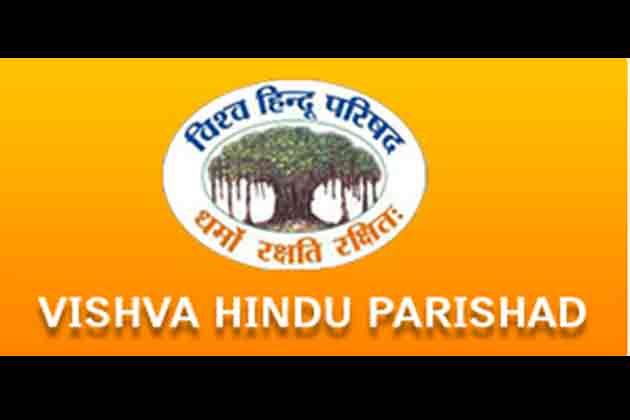 By Our Representative
By Our Representative
The Vishwa Hindu Parishad (VHP), Sangh Parivar “cultural” arm, may have triggered a major controversy by declaring that the “Hindu religion has a well-established system of disposing of cows and other animals who die a natural death”, and this has been a part of the Hindu “tradition.”
Issued by the VHP’s Gujarat unit general secretary Ranchhodbhai Bharwad on July 19, the statement has been made in order to “condemn” the Una incident, in which four Dalit youths were tied to an SUV and beaten up with iron rods for seeking to skin a dead cow.
Saying that one cannot equate what the Dalit youths were doing in Una with cow slaughter, it adds, “We condemn in strongest possible terms efforts atrocity committed by by certain elements in this context.”
In an immediate reaction, Rajesh Solanki, a senior activist with the Ahmedabad-based Dalit Hak Rakshak Manch (DHRM) has called the statement “highly objectionable”, insisting, “This atrocity of disposing of dead animals was imposed on Dalits by Manu’s caste system.”
Addressing the VHP leader’s statement, he insists, “Whatever you do, you will now have to take care of the last rites of the mother cow”, referring to the Dalits’ massive protest by refusing to dispose of carcasses of cow as part of the protest against the July 11 Una incident.
The VHP statement comes, ostensibly, ignoring huge amount of literature already available on how disposing of cow and other animals is part of the caste occupation of a section of Dalits by heredity associated with the job of tannery.
Dalits in the job of this work are quoted as saying that that “the holy cow is alive, it is divine”, but “the moment that animal dies, it ceases to be sacred.” Arun Kumar, a sweeper in a notified area in Odisha is quoted as telling well-known scribe P Sainath: “Those who worshipped it while it was alive will not touch it. They are desperate to get rid of it.”
 |
| VHP statement |
Another Dalit, Bijoy Sindhur, says he “survives” on the disposal work. “I have been doing this utava kaam – lifting of carcasses – since I was a child helping my parents. And on my own for nearly 10 years. The last cow I lifted was a few weeks ago.”
Well-known Dalit write Kancha Ilaiahsays, “The Dalits have had to pay an enormous price — of remaining untouchables — for removing carcasses from villages and towns for thousands of years. They had to pay the price of remaining illiterate and insecure for building up the leather economy of India.”
Ilaiah quotes Dr BR Ambedkar, father of Indian constitution, as saying that in ancient India the Dalits could not imitate the savarnas in giving up beef-eating, because they “could not afford it”, adding, “The flesh of the dead cow was their principal sustenance. Without it they would starve.”
Dr Ambedkar further says, “Carrying the dead cow had become an obligation though originally it was a privilege. As they could not escape carrying the dead cow they did not mind using the flesh as food in the manner in which they were doing previously”.





